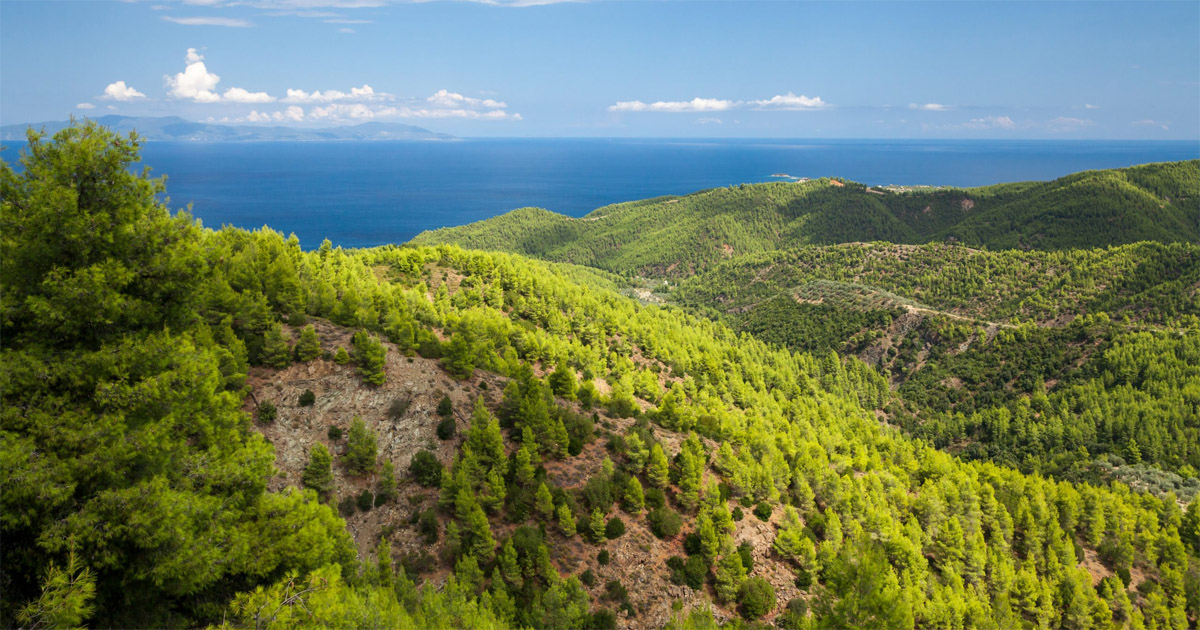Download:
DOI:
https://doi.org/10.1111/gcb.14813Altmetric score:
Dimensions Citation Count:
Publication year
2019
Authors
Soper, F.M.; MacKenzie, R.A.; Sharma, S.; Cole, T.G.; Litton, C.M.; Sparks, J.P.
Language
English
Keywords
mangroves, carbon sinks, sedimentation, coastal areas, climate change, methane, ecological restoration























